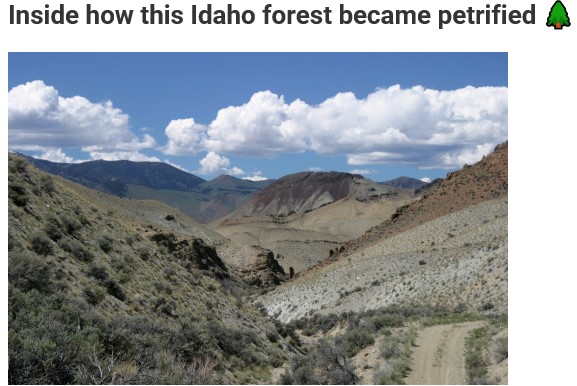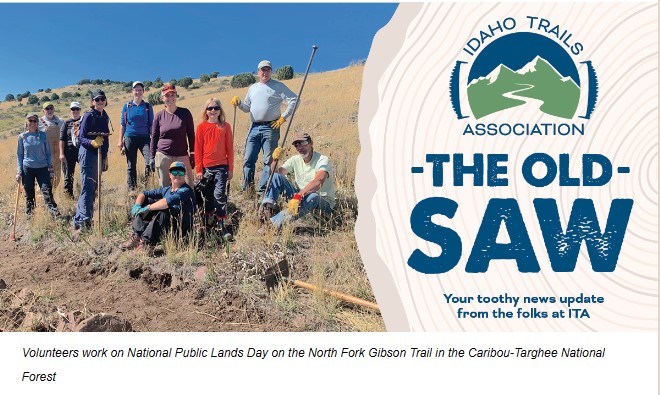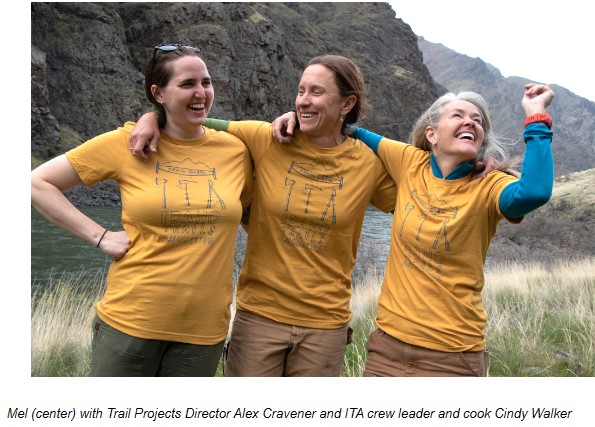 Idaho has a petrified forest. Although remnants remain today, the area looked different 50 million years ago.
Idaho has a petrified forest. Although remnants remain today, the area looked different 50 million years ago.
Located about ten miles south of Challis, the Malm Gulch forest was cool and wet like today’s Pacific Coast – covered with Redwoods and Sequoias.
However, this all changed when volcanic ash from erupting volcanos covered the land. This caused the trees to turn petrified – meaning that what remained of the wood became a hard, stony material.
Huge tree stumps and a dry, arid landscape are all that remain in the once lush, wet forest.
“Today, people see the white and pastel-colored soils and rocks in the Malm Gulch area, which are remnants of the ash deposits,” BLM notes on its website. “The heat of the eruptions destroyed most of the trees in the Malm Gulch forest. However, volcanic ash buried some trees that eventually became the petrified logs you see today.”
In 1970, the BLM installed fences around the stumps and continues to manage the area.
“The remaining petrified trees within Malm Gulch can never be replaced. If they are damaged, they will be gone forever,” BLM notes in Junior Explorer Discover the Malm Gulch Petrified Forest brochure. “Enjoy looking at these treasures, but please be respectful and leave everything as you find it for others to enjoy.”
Because the environment is so dry, not very many plants can live and thrive in the soil. However, some have adapted including the Challis milkvetch, Challis crazyweed, and wavyleaf thelypody – which are all unique to the area of land.
For more information on visiting the Malm Gulch, click here.
(Malm Gulch is a petrified forest near Challis. Photo: Bureau of Land Management.)
media-center-public-room-idaho-malm-gulch-junior-explorer-activity-guide


